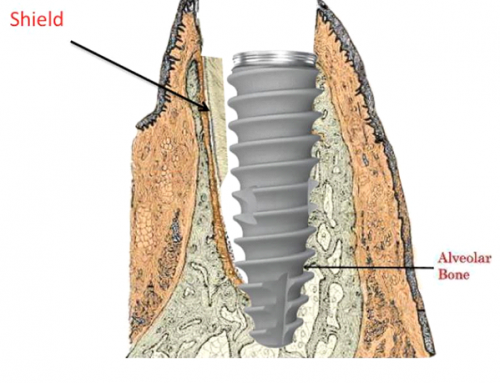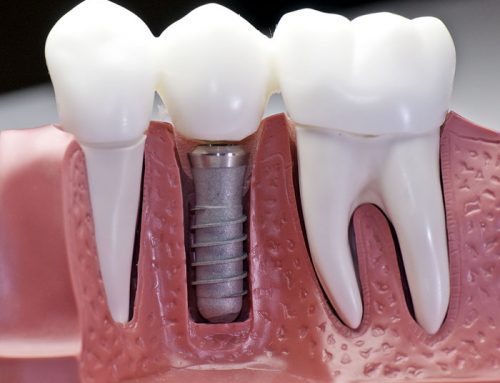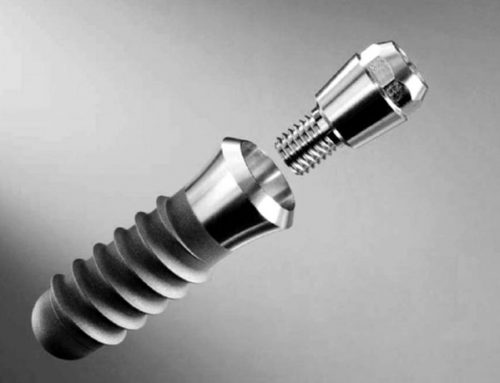By Dr. Riste Panajotu
Everybody knows that smoking causes significant health risks. The most common health conditions caused by consuming tobacco or maybe the conditions that we hear a lot and we can read a lot are coronary heart disease, stroke, subclinical atherosclerosis, chronic obstructive pulmonary disease, pneumonia, low birth weight, and various cancers.
Pregnant women who smoke tobacco have increased risk of stillbirth Nicotine increases the heart rate, blood pressure, and respiratory rate, and makes the user feel more alert. Unfortunately, these effects wear off after 20 min or so and the tobacco user is left craving for another cigarette. If we speak about the oral cavity,smoking increases the risk of periodontal disease, precancerous and cancerous lesions, root caries, and peri-implantitis, taste derangement, staining of teeth and restorations, as well as delayed wound healing after extractions and periodontal procedures.
The exact mechanism by which smoking compromises wound healing is unknown. Some hypothesis include cytotoxicity of nicotine, carbon monoxide, and hydrogen cyanide to the cells involved in wound healing. Some include vasoconstriction and decreased tissue perfusion due to catecholamine release, increased blood viscosity leading to the augmented risk of microvascular occlusion, increased levels of fibrinogen, carboxyhaemoglobin, and compromised polymorphonuclear leukocyte function.
Tobacco negatively affects the outcome of almost all therapeutic procedures in oral cavity from simple nonsurgical periodontal therapy to more complicated surgeries.Non smokers respond better than smokers on periodontal treatment therapy. Fibrinolytic activity which is increased by smoking can cause reduction in alveolar blood supply and after extraction causes dry socket as complications which is common among smokers.
What the implant needs to be a sucsessfull implant.Its symbiossis of various factors from a good surgery to a good prosthesis and its proper maintenance . Clinical trials of endosseous implants consistently rate smoking as a primary patientcentered risk factor for implant loss. Various studies report a failure rate of implants in smokers compared to nonsmokers, ranging from 6.5% to 20%. Effects of smoking on implant survival and success are more pronounced in areas of poor quality trabecular bone. In smokers, maxillary implants have more failure rate as compared to mandibular implants .Vasoconstriction caused by the local absorption of nicotine into the bloodstream is shown to be a significant factor for implant failure by some studies.
This can explain lower failure rates in the posterior mandible among smokers, since this area is covered by the tongue and hence protected against local influence of tobacco smoke. In a study, Lambert et al. noticed a trend of greater failures in smokers between the time after uncovering and before insertion of the prosthesis. The author theorized that the effect of tobacco on healing after implant placement was different from that after tooth extraction, because implant wounds were closed and the intimate adaptation of the implant to the bone tissue did not allow the same magnitude of interference in healing by the vasoconstrictive action of nicotine.
But once the implants were uncovered, the soft tissues around them were adversely affected by tobacco in a manner similar to that by which periodontal tissues were harmfully affected. These results suggested that increased implant failure in smokers is not the result of poor healing or osseointegration, but because of exposure of peri-implant tissues to tobacco smoke (Lambert PM, Morris HF, Ochi S. The influence of smoking on 3-year clinical success of osseointegrated dental implants. Ann Periodontol. 2000;5:79–89. [PubMed] ) Smoking also has a strong influence on the complication rates of implants. It causes significantly more marginal bone loss after implant placement, increases the incidence of periimplantitis.and affects the success rates of bone grafts.
The failure rate of implants placed in grafted maxillary sinuses of smokers is again two times more compared to that in nonsmokers.Kan et al.in their study found that cigarette smoking was detrimental to the success of osseointegrated implants in grafted maxillary sinuses, regardless of the amount of cigarette consumption.(Kan JY, Rungcharassaeng K, Lozada JL, Goodacre CJ. Effects of smoking on implant success in grafted maxillary sinuses. J Prosthet Dent. 1999;82:307–11. [PubMed] ) Marginal bone loss around implant in the smokers is more pronounced in the maxilla.
Present smokers demonstrate higher marginal bone loss during all time intervals than ex-smokers and both demonstrate higher marginal bone loss than nonsmokers. To increase implant survival in smokers, various protocols have been recommended. Bain and Moy suggested that the patient should cease smoking at least 1 week prior to surgery to allow reversal of the increased levels of platelet adhesion and blood viscosity, as well as the short-term effects associated with nicotine. The patient should continue to avoid tobacco for at least 2 months after implant placement, by which time bone healing would have progressed to the osteoblastic phase and early osseointegration would have been established.
AFTER ALL OF THIS WOULD YOU LIKE A CIGARETTE? OR MAYBE DENTAL IMPLANT?
www.ncbi.nlm.nih.gov/pmc/articles/PMC3894084/#ref23 www.pubmed.com




